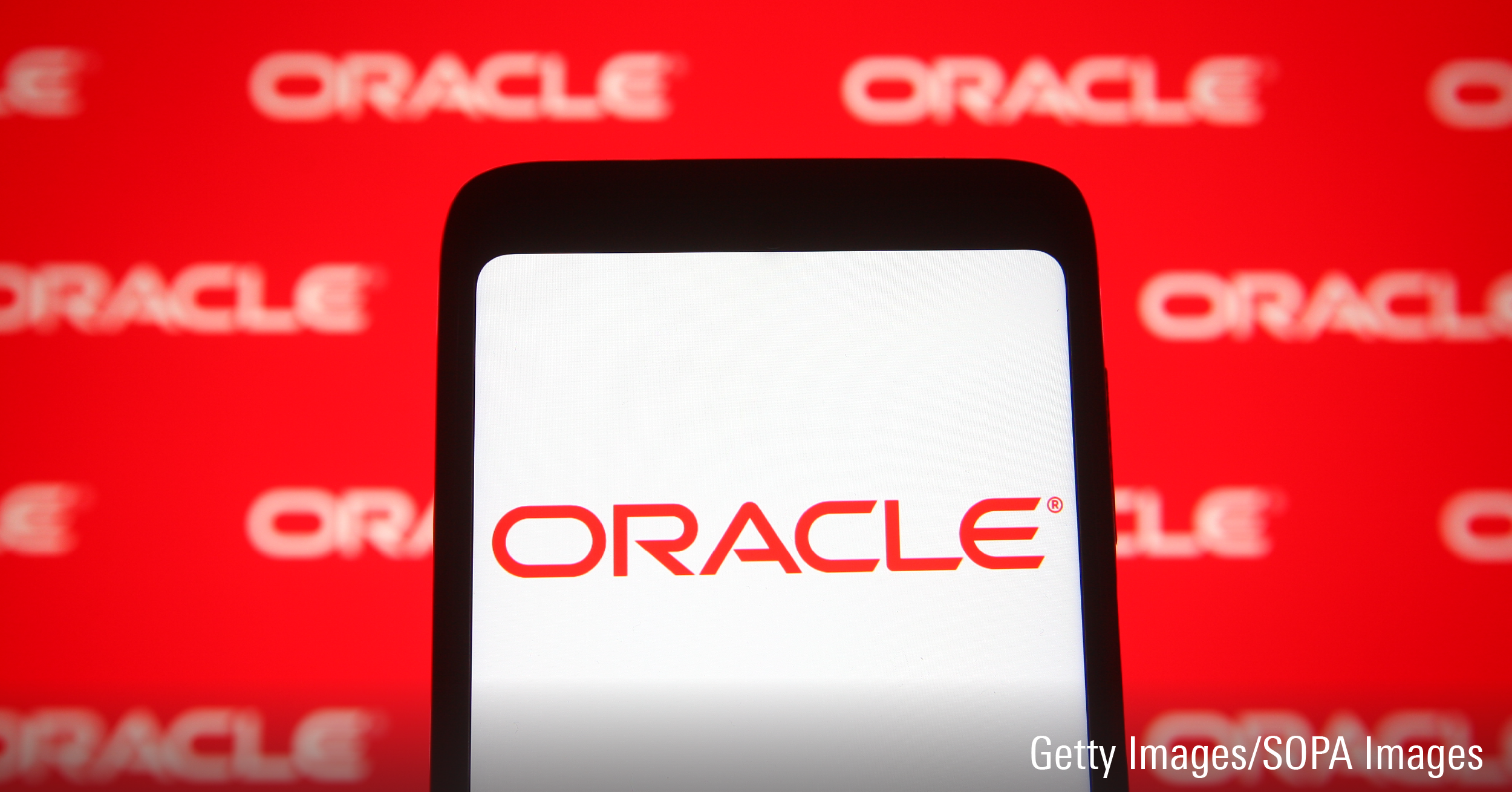
Oracle ORCL released its fiscal second-quarter earnings report on Dec. 9. Here’s Morningstar’s take on Oracle’s earnings and stock.
Key Morningstar Metrics for Oracle
- Fair Value Estimate: USD 195.00
- Morningstar Rating: 3 stars
- Morningstar Economic Moat Rating: Narrow
- Morningstar Uncertainty Rating: Medium
What We Thought of Oracle’s Q2 Earnings
- Strong artificial intelligence demand continued to drive revenue growth, particularly in Oracle cloud infrastructure, where performance remains impressive. This growth is reflected in the firm’s performance obligations, which surged 50% to USD 97 billion.
- Guidance was slightly shy of expectations on both the top and bottom lines. Accordingly, we have adjusted our model and are lowering our fair value estimate to USD 195 per share from USD 205.
- Relative to the broader FactSet consensus estimates for second-quarter results and third-quarter guidance, we characterize the quarter as slightly light, which explains the 8% selloff in after-market hours. We view shares as slightly undervalued.
- Cloud infrastructure solutions revenue grew 52% to $2.4 billion, driven by demand for data centers with large GPU clusters used in AI model training.
Oracle Stock Price
undefined
Fair Value Estimate for Oracle
With its 3-star rating, we believe Oracle’s stock is fairly valued compared with our long-term fair value estimate of USD 195 per share, which implies a fiscal 2025 enterprise value/sales multiple of 11 times and an adjusted price/earnings multiple of 30 times. We expect revenue to grow at a 12% compounded annual rate over the five years. We see cloud services as the key growth driver, while we expect revenue from both on-premises licenses and hardware to decline over the next five years.
We think operating margins have stabilized from several years of pressure related to cloud efforts. Therefore, we think margins should expand from the 30% the company achieved in fiscal 2024 to the mid-30% area in fiscal 2029. Given the ongoing cloud migration and extensive buildout of OCI currently underway, we do not expect linear improvement.
Read more about Oracle’s fair value estimate.
Oracle Stock vs. Morningstar Fair Value Estimate
undefined
Economic Moat Rating
We assign Oracle a narrow moat based on the switching costs associated with its software. Given generally attractive margins and high customer retention rates, we think it is more likely than not that the company will generate excess returns over the next decade. Although Oracle remains an industry-leading database and ERP software provider, the rise of the public cloud provider database businesses and the transition to the cloud have been painful headwinds. As such, we stop short of assigning Oracle a wide moat. That said, we think the company is in the best shape it has been in for some years, largely driven by the scaling of OCI.
Read more about Oracle’s economic moat.
Financial Strength
We consider Oracle to be in fair financial standing. The balance sheet is weak, but that’s offset by strong free cash flow generation. As of fiscal 2024, Oracle had USD 8 billion in cash and equivalents versus USD 87 billion in debt. We bake in elevated costs of debt over the near future as the firm works to reissue upcoming debt in a tough environment with its relatively lesser cash base.
Even with such constraints, we think Oracle will continue to increase its dividends each year even as it continues to make share repurchases and execute its acquisition strategy. However, we think the magnitude of acquisitions will remain deemphasized as the company comes off the buildout of its second-generation cloud product and has stressed its recent preference to build new capabilities in house. For these reasons, we include only modest acquisitions in our model. We think the next several years are likely to see stepped up investments as the company continues building out its growing cloud business.
Read more about Oracle’s financial strength.
Risk and Uncertainty
We assign Oracle a Medium Uncertainty Rating. While the company famously struggled with the initial rise of the software as a service model and the subsequent rise of the public cloud, it has made strides in these areas. Still, we think retaining customers during critical transition periods, such as moving on-premises database customers to cloud versions of the same software, is not a layup. Therefore, we continue to view the company’s cloud transition as a meaningful risk.
Similarly, OCI is significantly smaller than similar services offered by Amazon AMZN, Microsoft MSFT, and Alphabet GOOGL/GOOG. Oracle has been playing catch-up and has invested heavily. While we think the risk here is relatively low, Oracle is investing to build out data center capacity globally, and its returns are uncertain. We think the generative AI crush that began in 2023 can also complicate customer cloud choices and digital transformation efforts.
Read more about Oracle’s risk and uncertainty.
ORCL Bulls Say
- Scaling of OCI has helped retain customers, port workloads to the cloud, and create new cloud service revenue, which should continue in the coming years.
- Oracle’s relational database should be able to post solid growth as customers continue to depend on its quality features, such as data partitioning which brings incomparable load-balancing efficiency.
- Oracle’s autonomous database and IaaS were built with ease of use in mind, which could bring a significant base of first-time Oracle users to the company, strengthening top-line results.
ORCL Bears Say
- Oracle could suffer below-average growth as customers are prompted to change databases and software providers in their transition to the cloud.
- Oracle’s cloud business could struggle to win business as alternative SaaS and database systems leave little incentive to select Oracle IaaS.
- Oracle’s balance sheet is among the most leveraged within our software coverage, which could limit operational flexibility in a variety of ways.
This article was compiled by Sokhoeun Noeut.
The author or authors do not own shares in any securities mentioned in this article. Find out about Morningstar's editorial policies.















